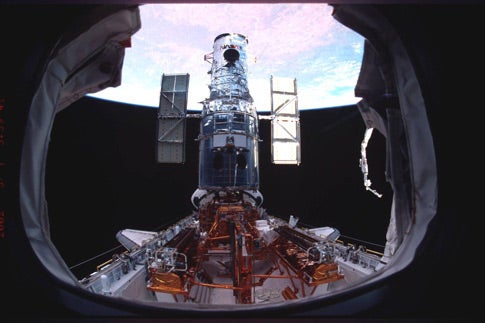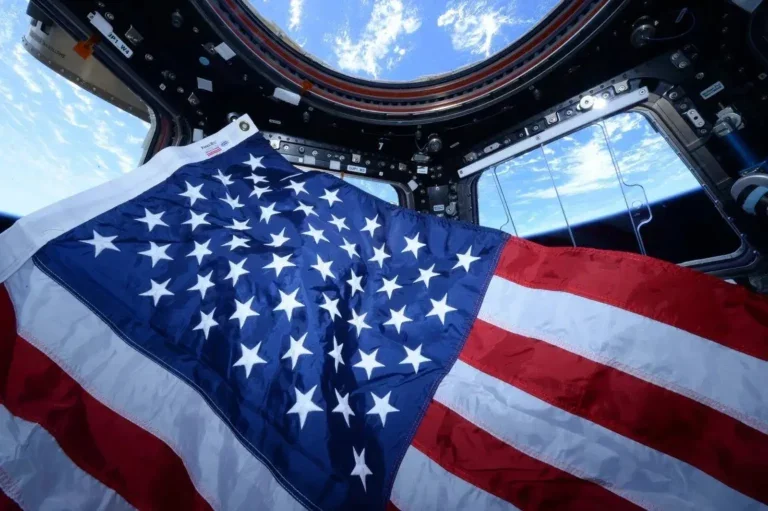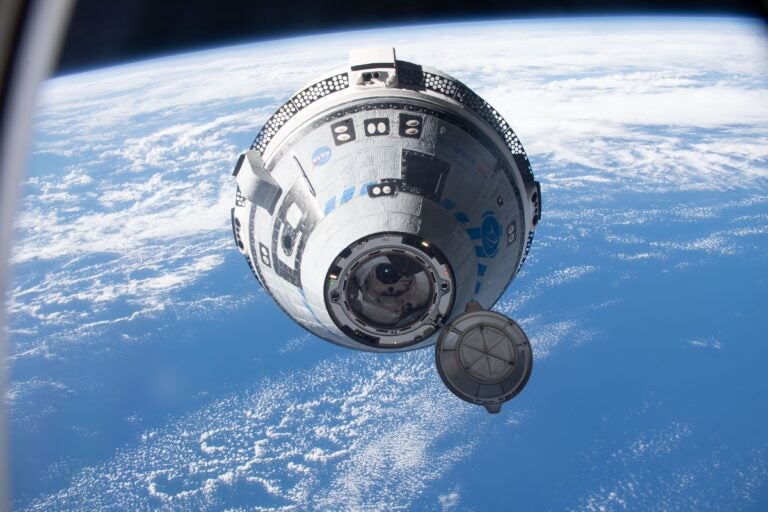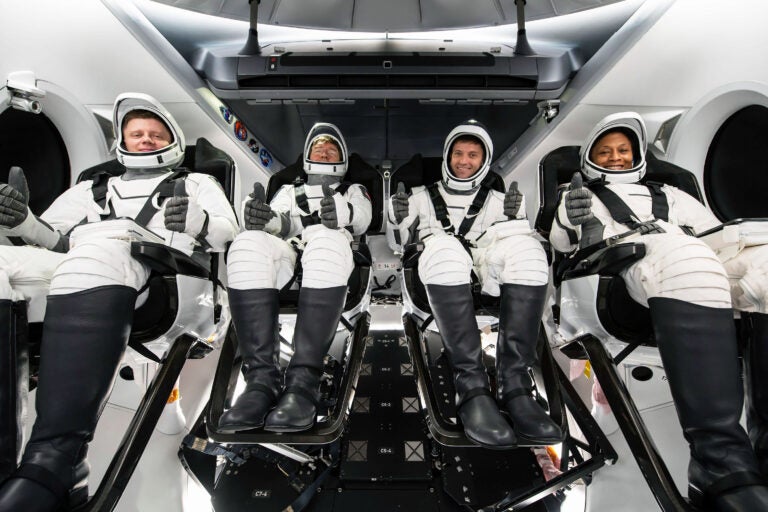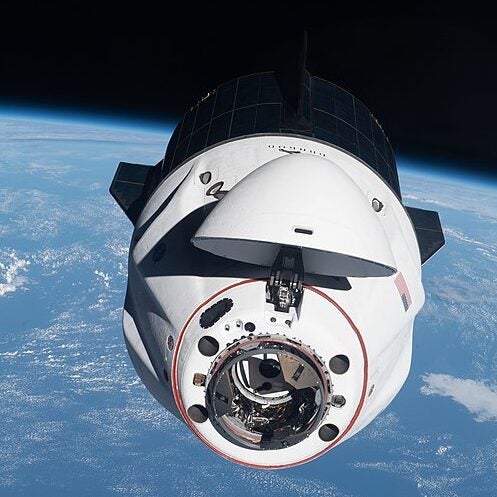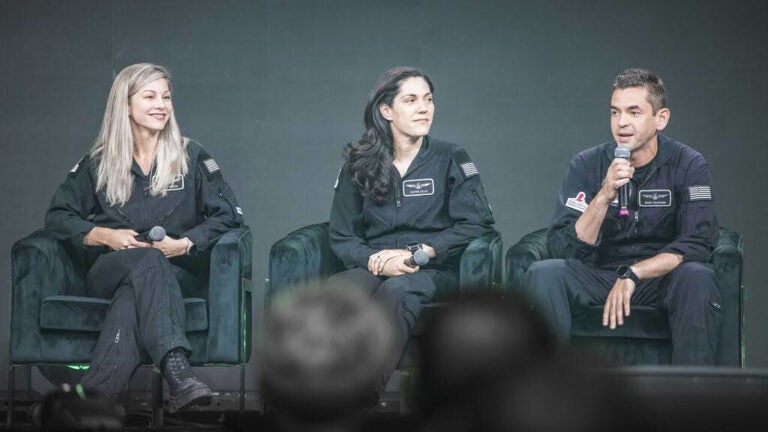Space shuttle astronauts will make one last servicing call to the Hubble Space Telescope, buoying hopes the world’s premier observatory will continue its cutting-edge research programs through at least 2013, NASA announced today.
The fifth house call to Hubble had been canceled following the 2003 Columbia disaster, when NASA deemed any mission that did not fly to the International Space Station (which could serve as an emergency shelter in case of Columbia-like shuttle damage) was too risky to fly.
NASA briefly investigated a robotic servicing flight to the 16-year-old observatory but found the mission too complex, costly, and time-consuming to develop and fly.
Congress ordered NASA to reconsider its decision and set aside funds to continue preparing equipment and personnel for the flight. NASA Administrator Mike Griffin pledged a new review after the shuttle demonstrated post-Columbia safety upgrades and procedures.
Before a packed auditorium at the Goddard Space Flight Center in Greenbelt, Maryland, which oversees the telescope, Griffin today announced the shuttle was cleared for a final flight to Hubble.
“We are going to add a shuttle servicing mission to the Hubble Space Telescope to the shuttle’s manifest to be flown before it retires [in 2010],” Griffin said, spurring loud cheers, hearty applause, and a standing ovation.
The mission, targeted for launch in early May 2008, will involve up to five spacewalks to install two new science instruments, repair a third instrument, replace spent batteries, and swap out six gyroscopes, which are used for positioning the observatory.
Without an upgrade, the telescope is expected to last only another 2 to 3 years.
In approving the flight, NASA also decided to have a second shuttle at the launch pad ready to fly a rescue mission in case the ship carrying the Hubble repair crew sustains Columbia-like damage.
Since 2003, NASA has twice redesigned the shuttle’s fuel tank, which caused the problem that led to Columbia’s demise, and also developed techniques to inspect the shuttle during flight for damage and make rudimentary repairs.
“The safety of our crew conducting this mission will be as much as we could possibly do,” Griffin said. “We are not going to risk a crew in order to do a Hubble mission.”
Crew members assigned to the flight are Commander Scott Altman, Pilot Gregory Johnson, Robot-arm Operator Megan McArthur, and Spacewalkers John Grunsfeld, Michaell Massimino, Andrew Feustel, and Michael Good.
Johnson, McArthur, Feustel, and Good will be making their first spaceflights.
During the servicing flight, astronauts will replace Hubble’s wide-field planetary camera with an updated imager sensitive to a broader range of wavelengths from the near-ultraviolet to the near-infrared.
Astronomers plan to repeat in infrared Hubble’s famed ultra-deep-field image, a million-second long exposure that revealed the universe’s first galaxies
“We should be able to see the first stars 400 million years after the Big Bang,” said senior project scientist David Leckrone. “It’s an incredibly mysterious period when all the action happened, when matter started coming together.”
The camera also is expected to play a key role in the search for extremely distant supernovae, which scientists use to track the so-called dark energy believed to be driving the universe’s expansion.
The second major upgrade will be the installation of an extremely sensitive light-splitting spectrograph that will look at light from distant quasars to chart the universe’s first structures.

